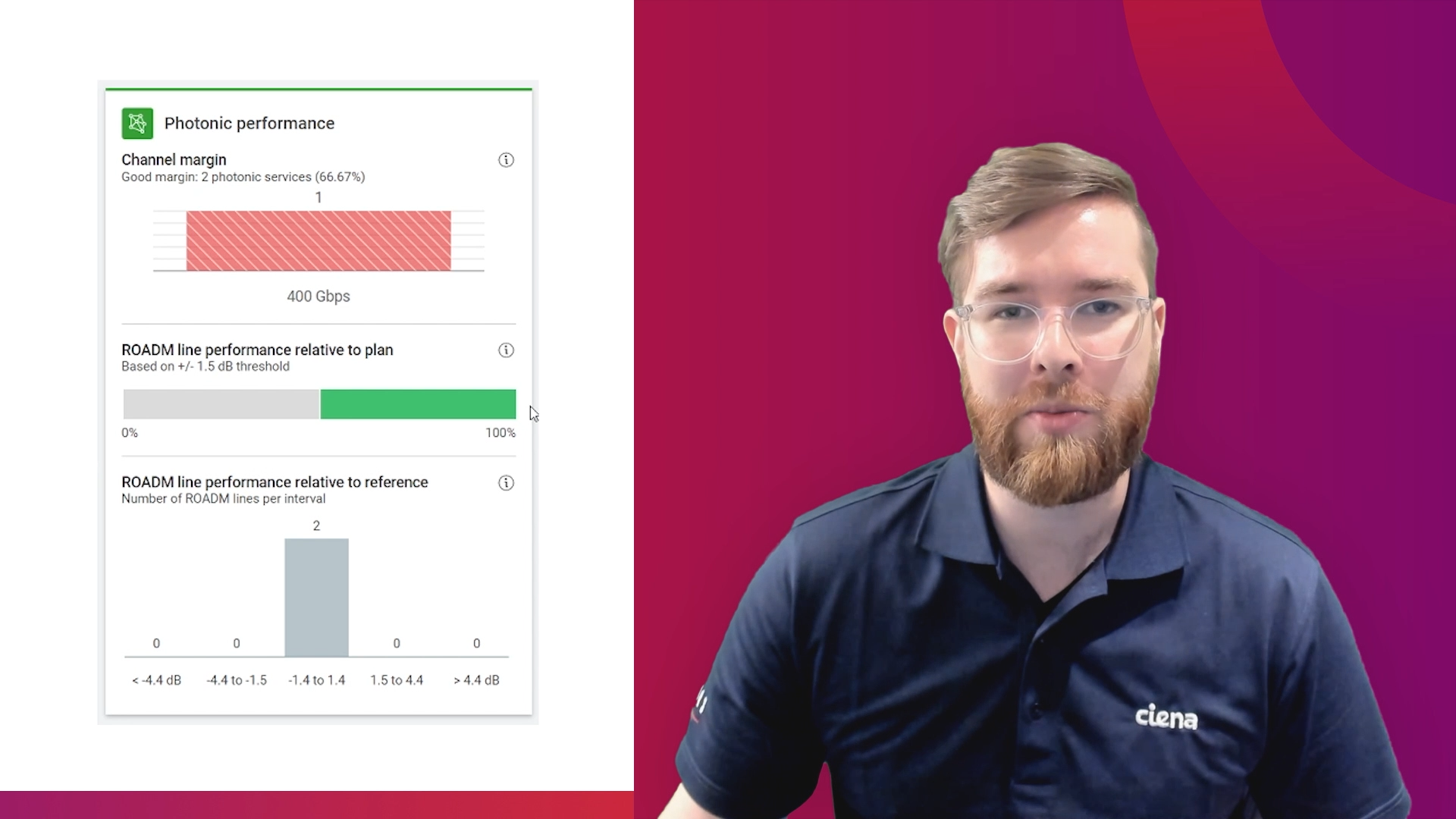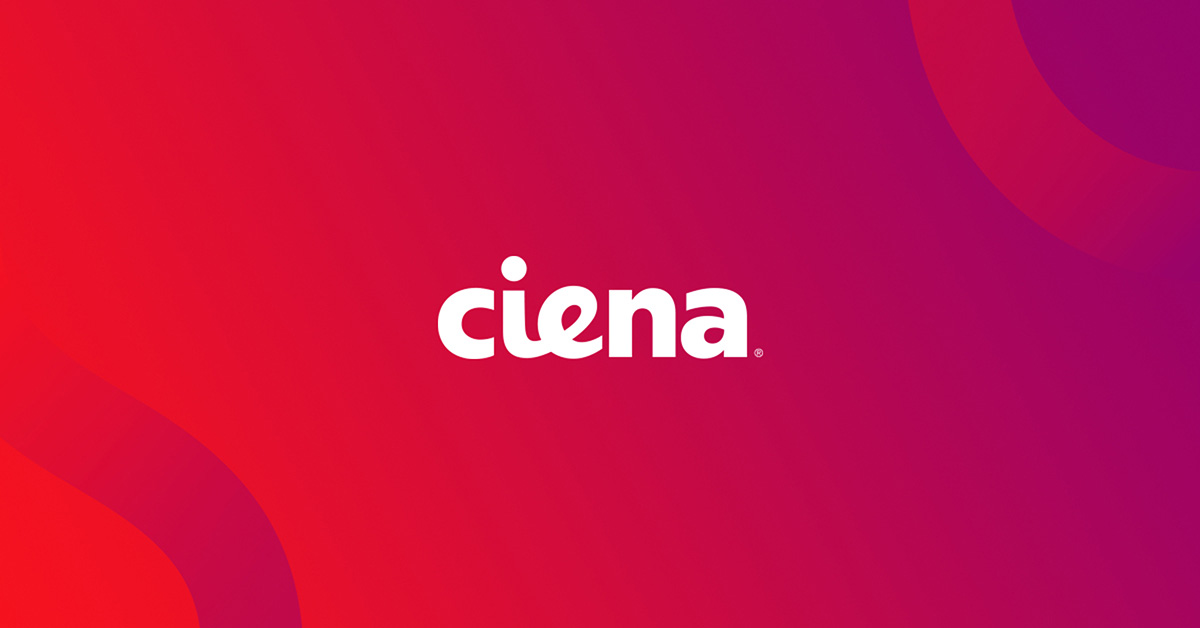Two tools to help visualize and simplify your data-driven operations
Build the picture: Visualize your data
The Internet of Things (IoT), 5G, smart technology, virtual reality – all these applications guarantee one thing for communications service providers (CSPs): more data. As networks become increasingly overwhelmed by mounds of data, CSPs are on the hunt for ways to make the most of the intelligence collected and are looking for ways to monetize their services, provide more customizable offerings, and enhance their network performance.
Customer analytics has gone some way towards fulfilling this need for greater insights, but with the rise in the volume and variety of consumer and IoT applications, the influx of data will increase at a phenomenal rate. The data includes not only customer-related data, but also device and network data, adding complexity to the picture. CSPs must harness this information to understand the relationships between any two things, to understand the connections within their data and to ultimately, leverage it for a better customer experience.
See the upward graphical trend with graph databases
Traditional relational databases certainly have their use, but graph databases offer a novel perspective. The visual representation between the component parts enables CSPs to understand and analyze the characteristics, as well as to act in a timely manner when confronted with any discrepancies.
Graph databases can help CSPs tackle this new challenge, ensuring the data is not just stored, but also processed and analyzed. It enables complex network questions to be asked and answered, ensuring that CSPs are not sidelined as “dumb pipes” in the IoT movement.
The use of graph databases has started to become more mainstream, as businesses see the benefits. IBM conducted a generic industry study, entitled “The State of Graph Databases Worldwide”, which found that people are moving to graph databases for speed, performance enhancement of applications, and streamlined operations. Ways in which businesses are using, or are planning to use, graph technology is highest for network and IT operations, followed by master data management. Performance is a key factor for CSPs, as is personalization, which enables support for more tailored service offerings.
Another advantage of graph databases for CSPs is that of unravelling the complexity of network inventory in a clear, visualized picture – this capability gives CSPs a competitive advantage as speed and performance become increasingly paramount. This need for speed and reliability will increase tenfold as IoT continues its impressive global ramp-up. Operational complexity also grows as the influx of generated data produced by IoT will further challenge the scalability of existing operational environments. Graph databases can help CSPs tackle this new challenge, ensuring the data is not just stored, but also processed and analyzed. It enables complex network questions to be asked and answered, ensuring that CSPs are not sidelined as “dumb pipes” in the IoT movement.
Change the tide of data with delta-based federation
New data, updated data, corrected data, deleted data – all needs to be managed, in line with regulations, and instantaneously. But this capability does not exist in the reality of many CSP’s Operational Support Systems (OSS). Many still battle with updating data and relying on full uploads of network inventory in order to perform key service fulfillment and assurance tasks. This method is time-intensive and risky due to potential conflicts and inaccuracies. With data being accessed from a variety of systems, CSPs must have a way to effectively hone in on only what is required.
Integrating network data into one simplified system limits the impact on the legacy OSS systems. This allows each OSS to continue its specific role, yet to feed data into a single interface, hence enabling teams to see the complete picture and gain efficiencies while launching new services or pinpointing and resolving service and network issues.
A delta-based federation model ensures that an accurate picture is presented, and only essential changes are conducted reliably and quickly. This simplified method filters the delta changes, reducing the time involved in updating, and minimizing the system load and risks. A validation process takes place to catch any errors or issues with the data, so CSPs can apply checks and retain control over modifications. Integrating network data into one simplified system limits the impact on the legacy OSS systems. This allows each OSS to continue its specific role, yet to feed data into a single interface, hence enabling teams to see the complete picture and gain efficiencies while launching new services or pinpointing and resolving service and network issues.
Ride the wave
25 billion connected things are predicted by Gartner on a global scale by 2021 and CSPs are already struggling with the current levels of data, which Gartner estimates at 14.2 billion in 2019. Over the last decade, CSPs have faced significant rises in the levels of data consumed as demand for new services and higher bandwidth applications has taken off. This data wave is set to continue and CSPs have two important tools at their disposal helping them ride the wave. Firstly, CSPs have specialist, legacy OSS already in place which they can leverage as a basis for integrating data and implementing optimized systems. Secondly, they can utilize new technologies in database inventory management: graph databases and delta-based federation. The advantages of effectively integrating network data, visualizing it, and creating a clear map of the inter-connections, enable CSPs to make critical decisions more quickly and accurately, resulting in most optimized and informed service operations.






